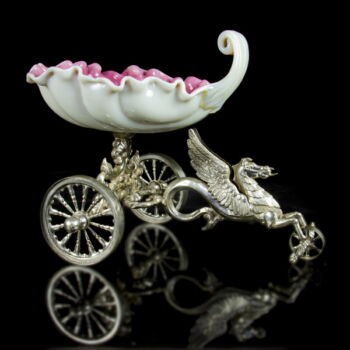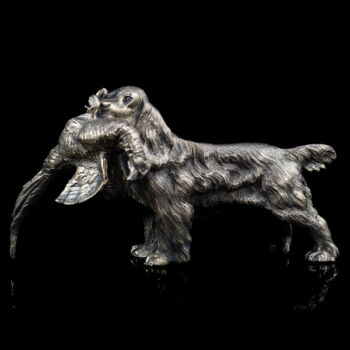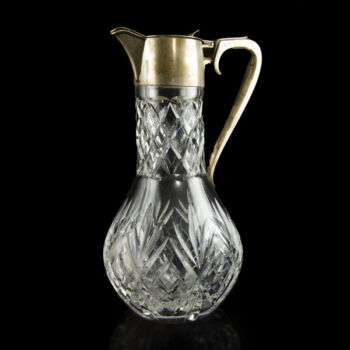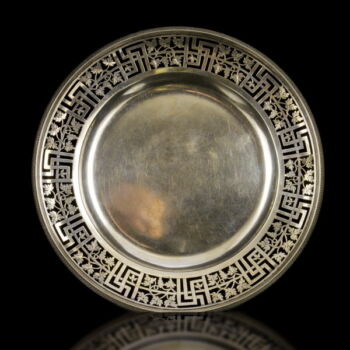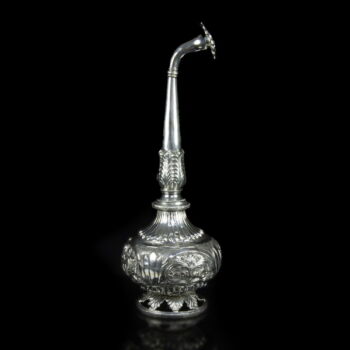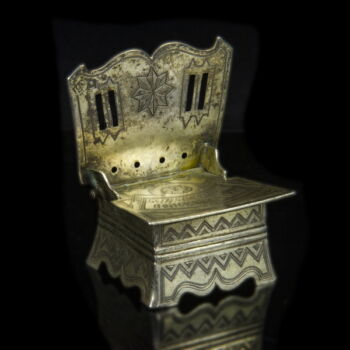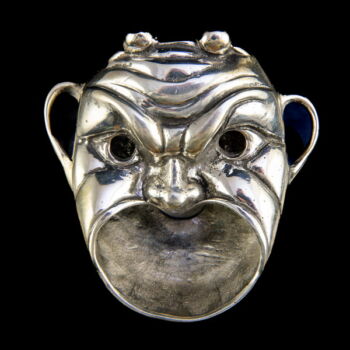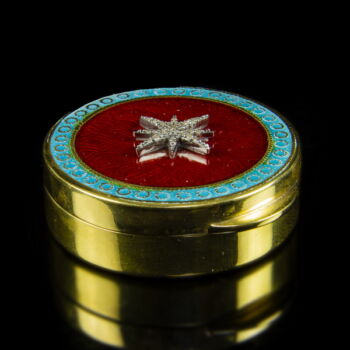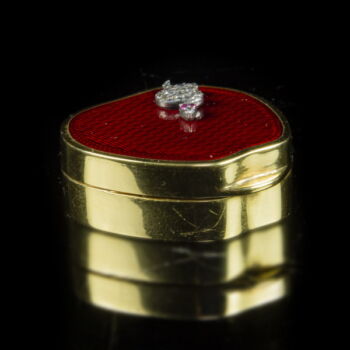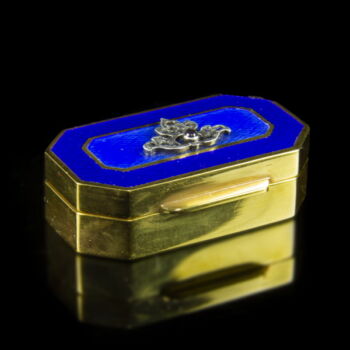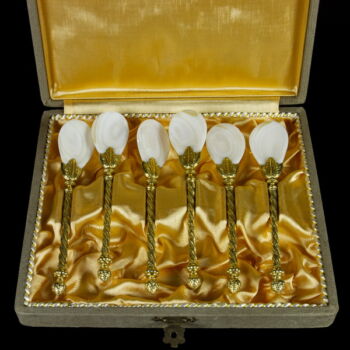Antique silver
The history of silver is intertwined with that of gold:
Silver was already known in ancient times, and its shine made it popular, so besides gold, silver was just as popular a material for jewelry. Because of its softness, it was very easy to stretch, thin, and work, but it was easy to wear out as well. Therefore, it was usually alloyed with copper to make it more resistant. In ancient times, not only coins, but even mirrors were made from it. When only the elemental form was known for its production, the value of silver was considered equivalent to gold. The two noble precious metals were also alloyed with each other, and electrum was born from this. Today, however, the difference between their values is well understood and clear. The reason for this is that compared to gold, silver is more common in nature and can also be extracted from various chemical compounds, so its value gradually began to decrease over time. In ancient times, silver came from India, Persia, and Spain. In the Middle Ages, silver mines were opened in large numbers in Saxony and Tyrol. With the discovery of the new continent, America, silver also came to Europe from there.
We offer a wide selection of antique and modern silver artifacts, which you can view in person in our store, or buy them conveniently and safely from our online store, even in a few minutes!
Silver delicacy basket on a pegasus-drawn cart
Mini silver hunting dog Spaniel with pheasant
Cast, chiseled 800 fine silver Spaniel dog with a pheasant in its mouth. 266.4 grams, dimensions: 6 x 5 x 12 cm. Marked: with modern Italian and Hungarian hallmark used since 2016.
English silver and lead crystal wine decanter
Viennese antique silver plate with pierced edge
Silver rosewater sprinkler
Round bottle with round pedestal, tapered stem, curved, flower head shape with nozzle. Punched row pattern. Divided into four fields, it has a rounded body and a sawn, pierced base adorned with an acanthus leaf pattern. Silver, 22 x d: 7 cm; 240 grams. End of the 19th century - beginning of the 20th century.
/ It was widespread in the 19th century, mainly in Western Europe and France due to its antibacterial effect to disinfect with rose water. The beauty industry and cosmetics still apply it today./
http://csokantikvitas.hu/ekszert-es-dragakovek-5/rozsaviz-felhasznalasanak-tortenete-50
